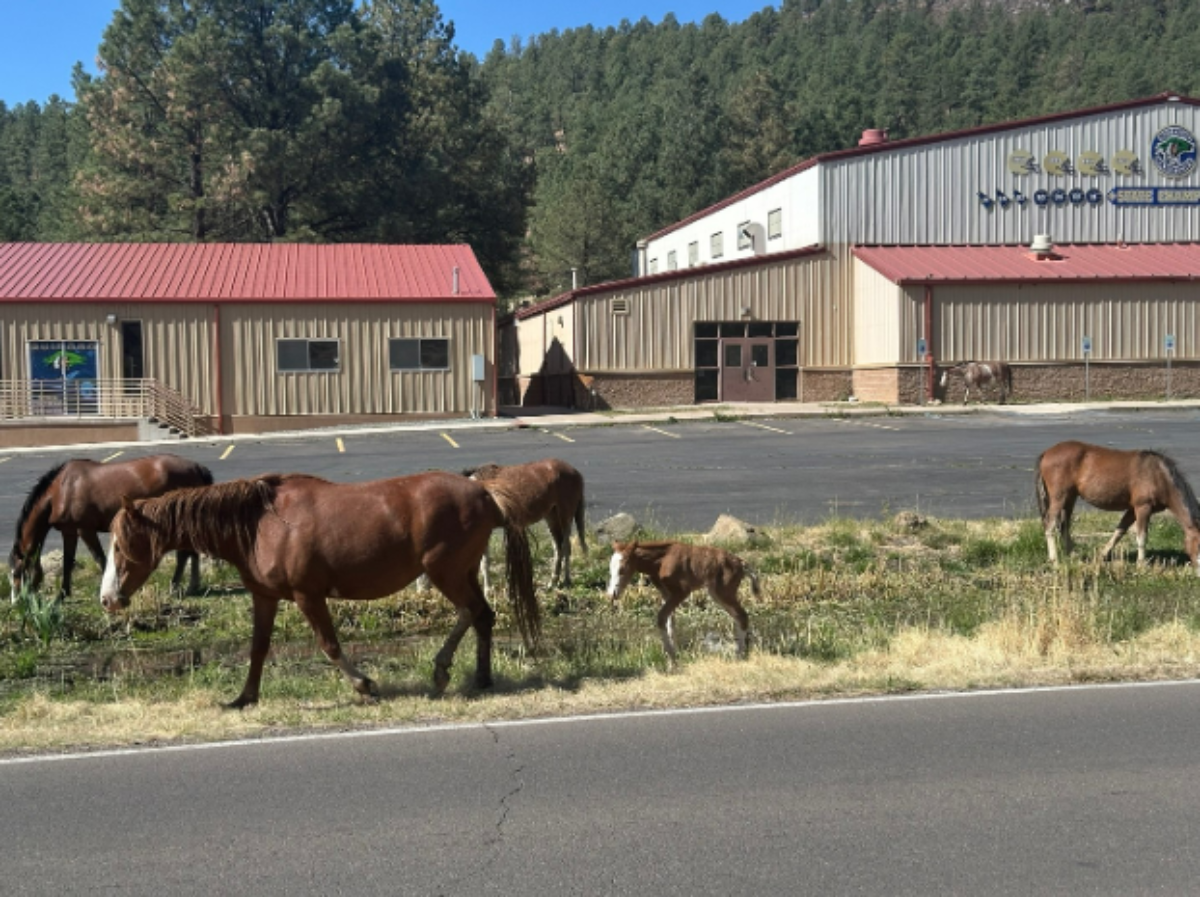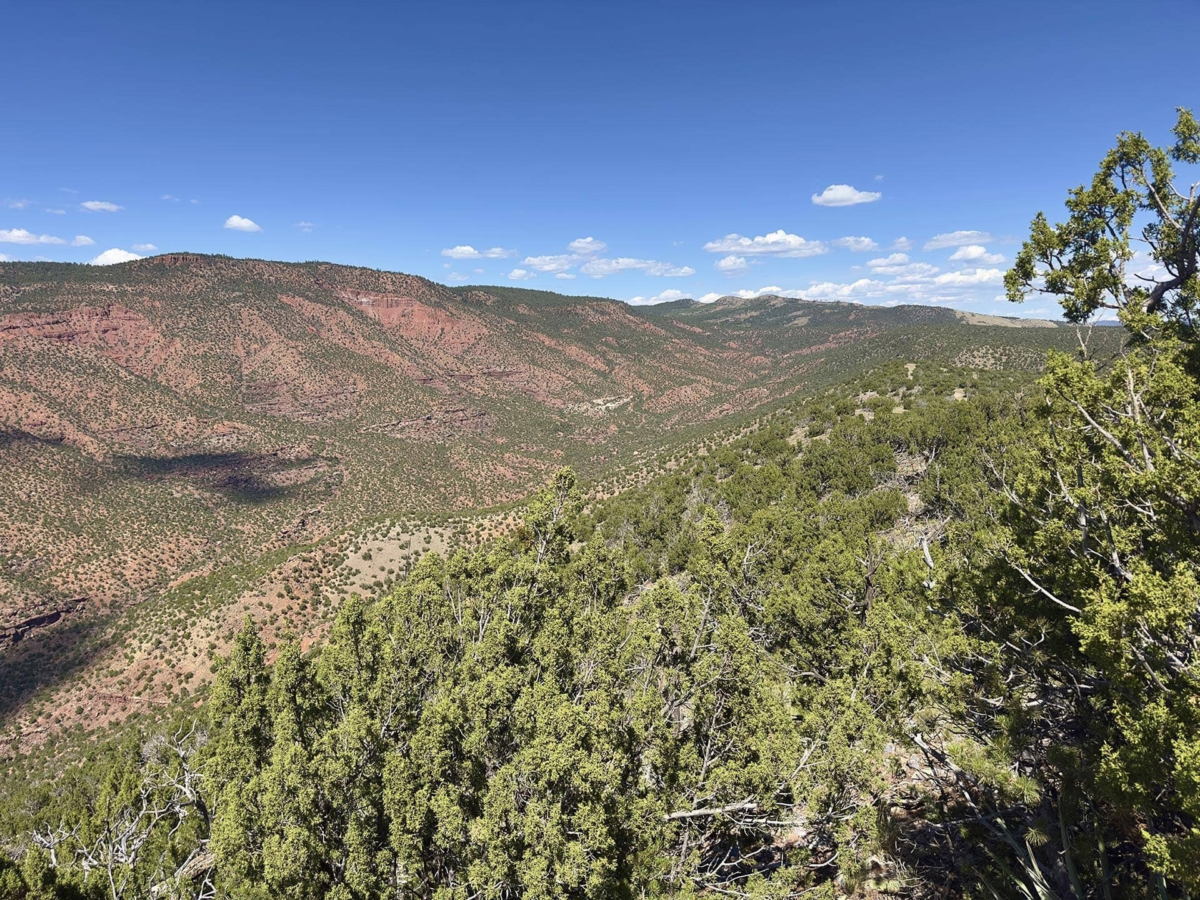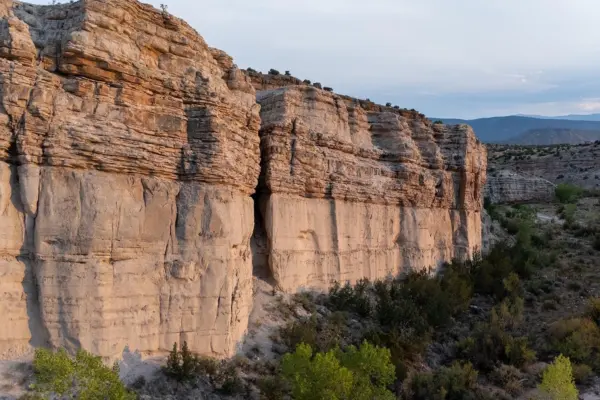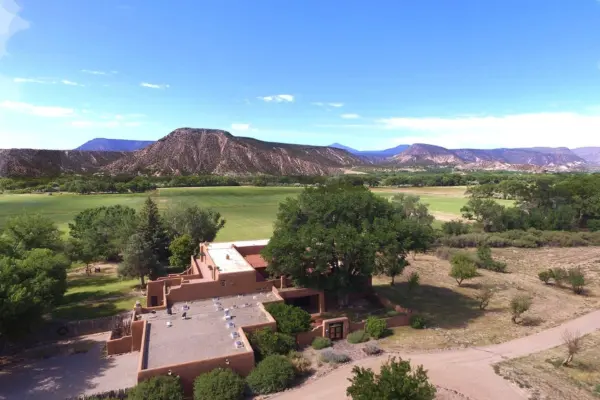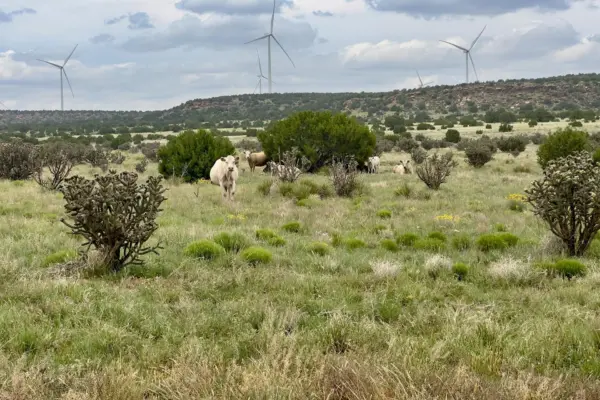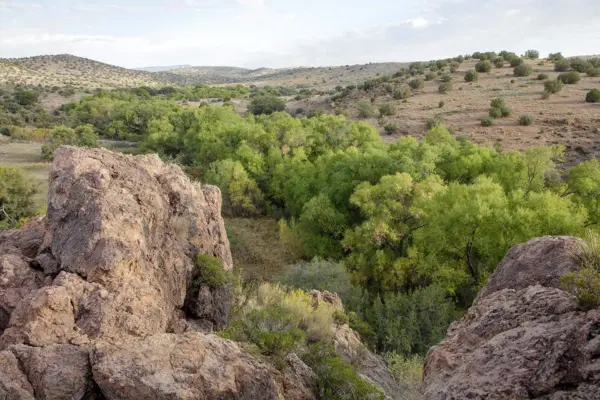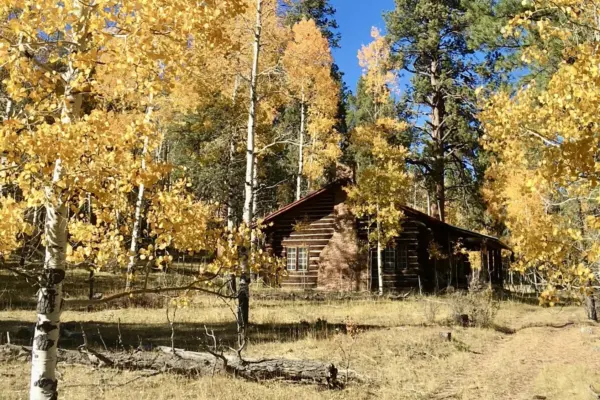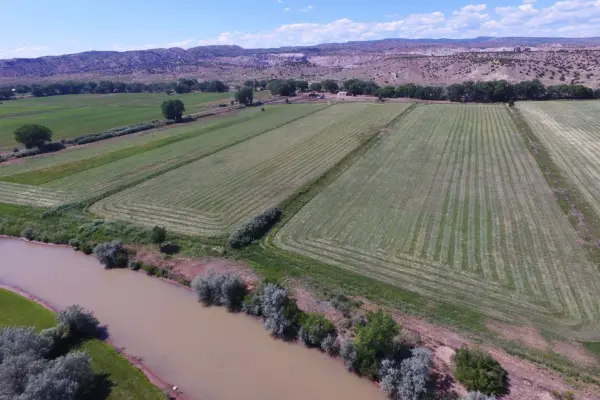The Return of the Horse
Horses made their dramatic return to North America with the arrival of Spanish explorers in the 16th century. Hernán Cortés brought horses to Mexico in 1519, and within a few decades, they had spread throughout the continent. Escaped or abandoned horses quickly established feral populations that adapted to the American landscape. Native American tribes, particularly those of the Great Plains such as the Comanche, Sioux, and Cheyenne, rapidly integrated horses into their cultures, revolutionizing hunting, travel, and warfare.
These animals, known today as mustangs, became emblematic of the American frontier. Over the next two centuries, feral horse populations expanded rapidly, particularly in the arid and semi-arid regions of the western United States. By the late 18th and early 19th centuries, these populations had reached numbers that alarmed settlers, ranchers, and eventually, conservationists.
Overpopulation: An Environmental Concern
While mustangs are celebrated in American folklore, their population growth created real ecological challenges. By the 1800s, feral horses competed with livestock for forage, degraded water sources, and disrupted native plant communities. Ranchers and settlers often viewed them as pests, and efforts to reduce their numbers included roundups, shootings, and sales to slaughterhouses.
The issue of horse overpopulation intensified in the 20th century. Public sentiment began to shift during the 1950s and 1960s, as animal welfare advocates raised concerns about the inhumane treatment of wild horses. This led to the passage of the Wild Free-Roaming Horses and Burros Act in 1971, a landmark law that protected wild horses from capture, branding, harassment, and death. Managed by the Bureau of Land Management (BLM), the Act aimed to preserve wild horse populations while also ensuring the sustainability of public rangelands.
Unintended Consequences
While well-intentioned, protective legislation had unintended consequences. The prohibition against slaughtering horses in the U.S., enacted in the 1970s and 1980s, made it more difficult to manage unwanted domestic horses. As a result, some owners released horses onto public lands, swelling the ranks of wild herds. In addition, with few natural predators and federal protections in place, wild horse populations began to grow exponentially.
Today, it is estimated that there are over 80,000 wild horses on public lands in the western United States, more than triple the number that these ecosystems can sustainably support. The BLM has attempted to address the issue through roundups and adoption programs. Horses are captured using helicopters and transported to holding facilities, where they are offered for adoption to the public. However, these efforts have had limited success. Many horses remain in long-term holding facilities, and the cost of managing these animals continues to rise.



